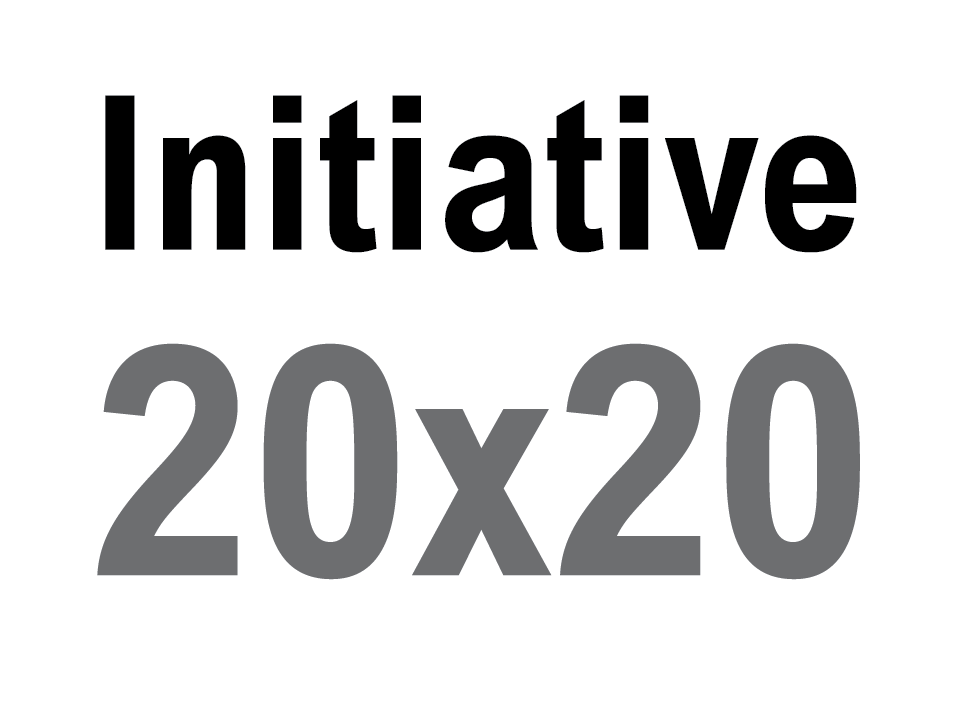Charting Mangrove Survivability
min read
veritree
February 28, 2024
What impact’s survivability?
First off, it’s important to recognize that different tree species have different survival rates based on their adaptability to local conditions. Of course, extreme weather events such as droughts, floods, storms, and temperature fluctuations can impact a tree's likelihood of survival. However, many other factors such as as soil quality, predators, or planting methods can also influence the survivability of trees. Did you know that mortality rates are typically at their highest during the first few years after planting? This is because the trees are still establishing their root systems. Thankfully, once established, trees generally have higher survival rates.
Let’s talk about methodology
veritree's approach to measuring survivability during the early stages of growth is refreshingly grounded, avoiding less reliable geospatial tools in favour of raw, field-derived data. How does it work? First off, this is no easy task. At every planting session, the designated Monitoring and Evaluation Lead and Site Forester visit randomly selected plots. There, they meticulously count and record 200-500 trees, distinguishing between those that are living and those that have died. Where mortality is found, the root cause is documented to ensure a comprehensive understanding of influencing environmental factors. In addition to this manual tally, the team takes and uploads hundreds of images and videos to chronicle their findings.
These survivability checks begin around the 3 month mark, and are then conducted again at 6, 12, 24, and 36 months. At many of these planting sessions, permanent plots are established to ensure a consistent benchmark between assessments and to measure growth rates in addition to survival. This methodology, honed in collaboration between the EarthLungs team and veritree, ensures a structured process across all mangrove sites. Thanks to the diligent data collection efforts of the EarthLungs team (across hundreds and hundreds of planting sessions) this rigorous assessment promises not only a deeper understanding of mangrove survivability but also sets a precedent for meticulous environmental monitoring practices.
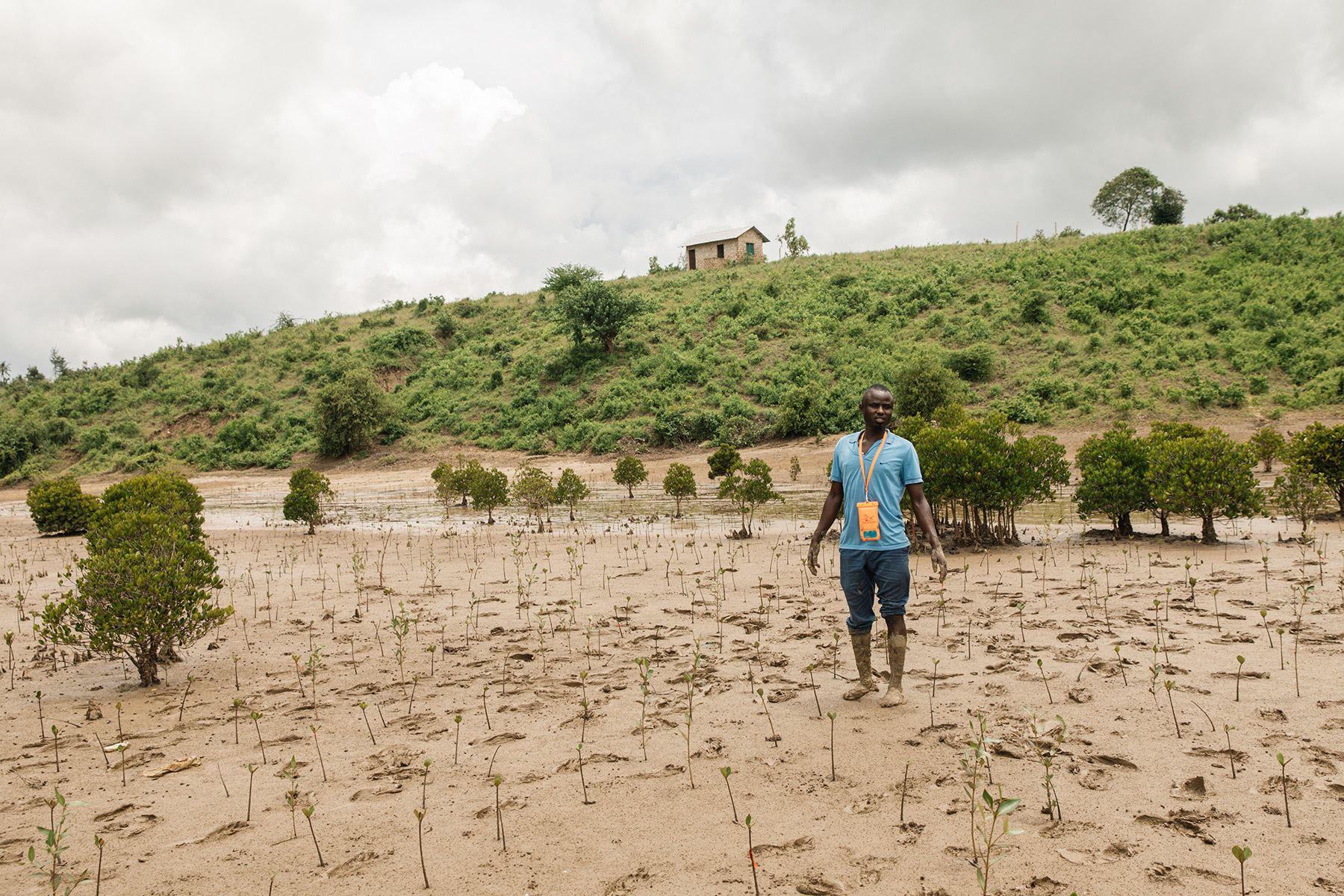
How will survivability reporting influence risk mitigation and project development?
The insights obtained from these survivability checks help to inform future planning done by EarthLungs. Armed with a deeper understanding of site performance, EarthLungs can refine their planting sessions, optimize their processes, and guide future site selections. Furthermore, these insights prompt proactive measures to mitigate identified issues. For instance, observations of drying as a primary factor in propagule mortality have spurred EarthLungs to preemptively dig irrigation channels, ensuring adequate water supply and forestalling future losses. With an extensive repository of evidence, including the massive quantity of photos and videos captured monthly through veritree’s Collect App, EarthLungs stands poised to innovate further. The seamless integration of technology, soon to be coupled by the App's capability to streamline planting session creation and automate survivability reporting through image capture, represents a substantial leap in efficiency and precision.
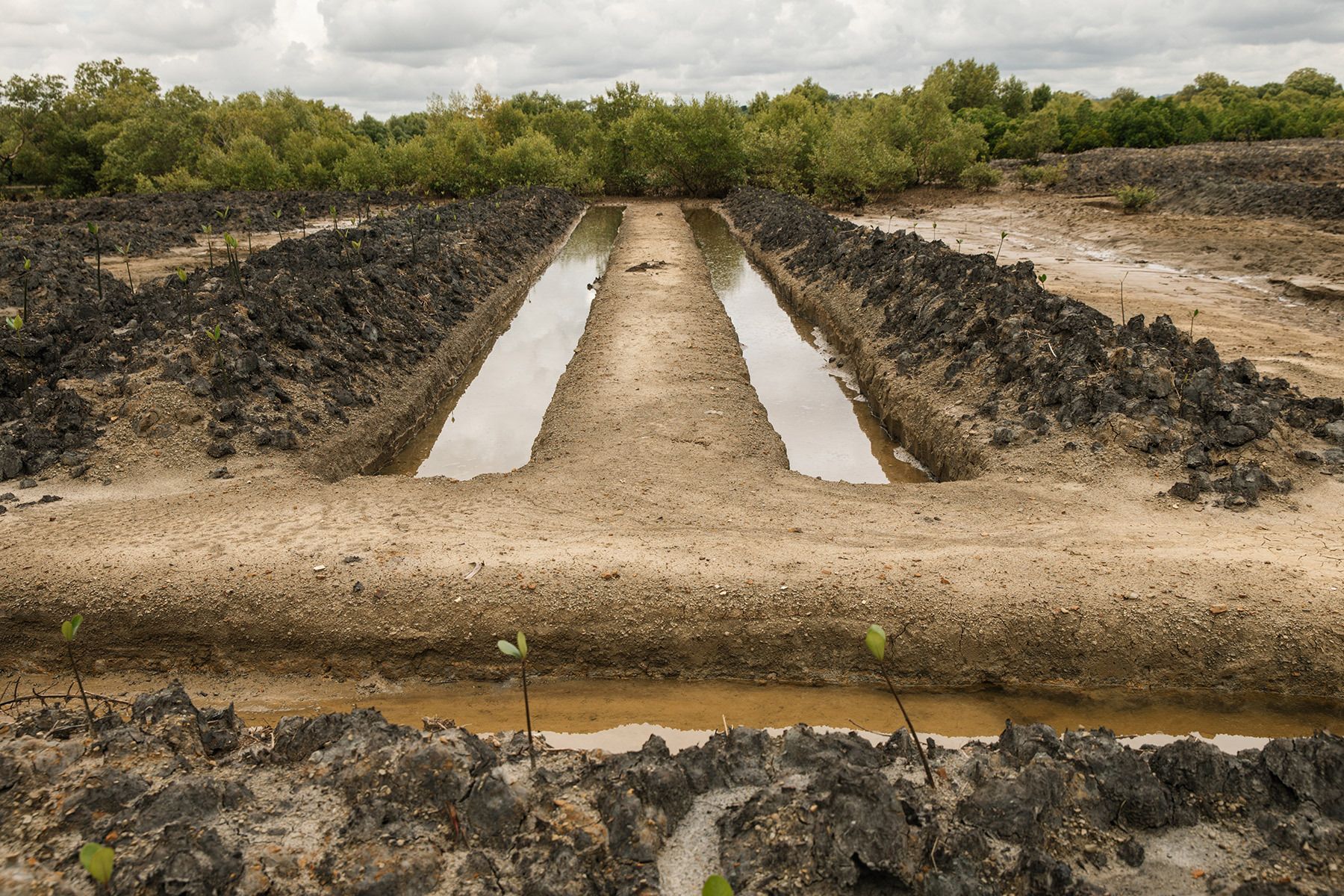
Looking ahead, the integration of veritree’s AI tools promises to further enhance data accuracy and efficiency, streamlining this arduous task of data collection and empowering field members with real-time, scalable survival checks. By leveraging these insights and innovative tools, along with their own learned practices and technical knowledge, EarthLungs is amplifying our collective environmental impact. Together, we're setting a precedent for adaptive and data-driven restoration efforts on a global scale.
Latest stories
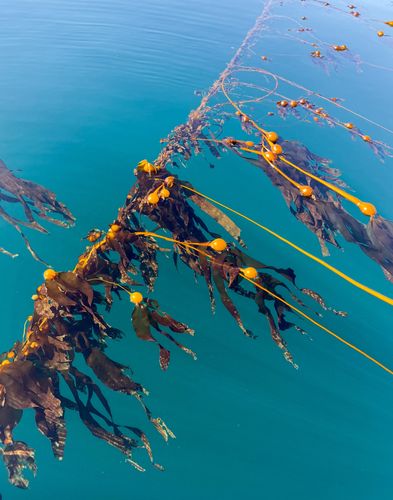
From Salmon to Seaweed
min read
In the vibrant waters of Venture Point, within the Okisollo Channel of British Columbia, a project run by Sea Forest (partner to Coastal Kelp) and United Kelp, a cooperative encompassing five Indigenous Communities, is transforming an old salmon farm into a thriving kelp farm.
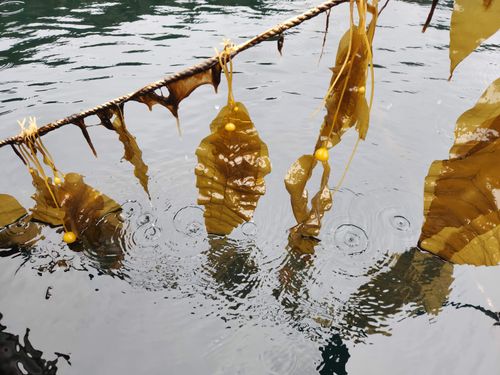
Monitoring Kelp Restoration with Sensor Technology
min read
Our recent expedition to our kelp restoration site in Hotham Sound involved deploying innovative sensor technology to monitor kelp growth and environmental conditions.
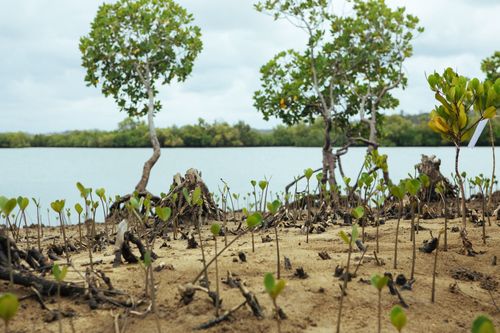
Restoring Coastal Resilience on World Wetlands Day
min read
World Wetlands Day is a day to acknowledge the crucial role wetlands play in ecological balance and climate regulation. This article emphasizes the importance of protecting and restoring wetland ecosystems, with a particular focus on the essential contributions of mangroves in coastal resilience.
Learn More
Company



